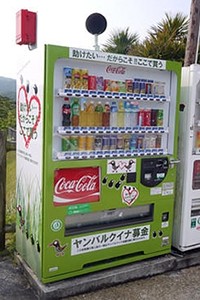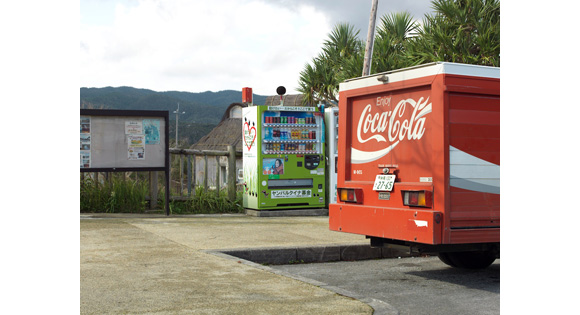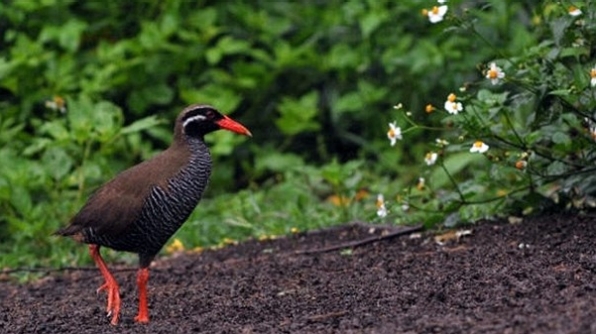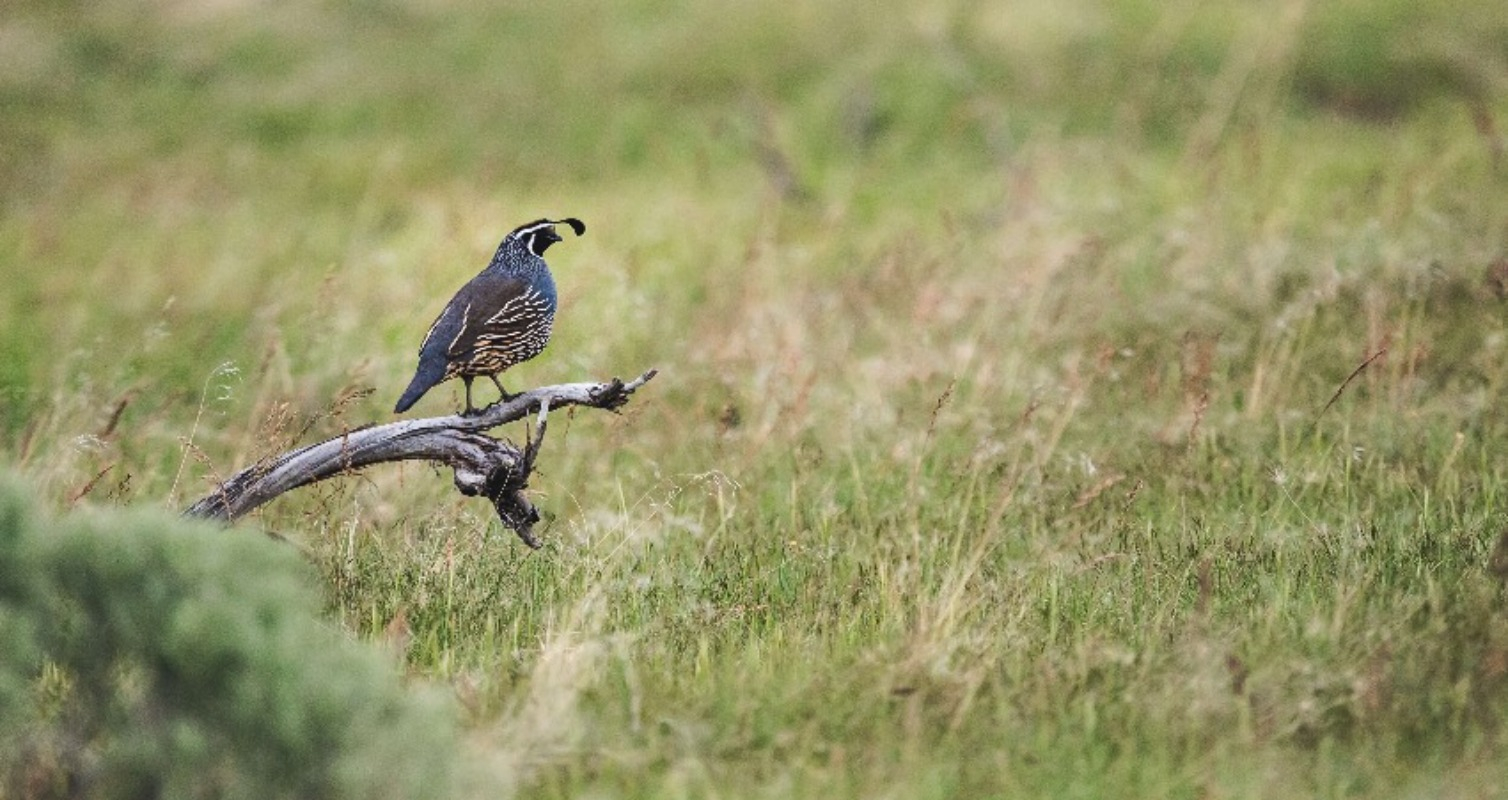In the north of the Okinawa mainland, a number of vending machines participate in ecological research for the Okinawa Rail, an endangered species of bird and Japanese natural monument.

Existing vending machines were fitted with IC recorders and recorded the calls of the rails, providing data for surveying and analyzing.
As a result, through the vending machine recordings, scientists discovered that the Okinawan rails have a special call that can only be heard within this specific frequency. Because no other animals use the frequency, it is now thought that this unique trait of the rails evolved in the Yanbaru forests for protective reasons.
This project had a unique approach to studying birds’ biology, and that was to use environmental sounds. From those sounds, the distinct traits of both the Okinawan rail and the Yanbaru forests were understood for the first time.
Yukihiko Nakamura
There has never been a large number of Okinawan rails, but their numbers are decreasing as traffic in the region increases, and they’re being hit by cars. The Ministry of the Environment declared a state of emergency in 2007 and 2010.
The biological survey revealed that Okinawan rails might have a harder time sensing approaching cars during rainy weather. As a result, conservationists are hoping that in the future, specific measures to prevent the birds’ traffic deaths will be taken under consideration.
Nakamura explained the details of this undertaking, saying
In the future, we hope that by researching man-made noise’s effect on the Okinawan rail, we will be able to help to prevent their extinction.


About Okinawa Rail
Throughout the world, this wild bird only lives in the Yanbaru area of northern Okinawa and is unlikely to show itself to humans due to its cautious personality. It is because of this that it was only in 1981 that it was officially certified as a new species.
ts biggest feature is that, unlike other birds, it cannot fly and so it has to jump up into the trees to sleep.
The population of the Okinawa rail is currently about 1500, and the area it is found in gets smaller each year.
It is hard to find in the wild and so those who would like to see the bird up close should stop by Kuina Forest, the Okinawa Rail Habitat Display Learning Facility in Kunigami village.
